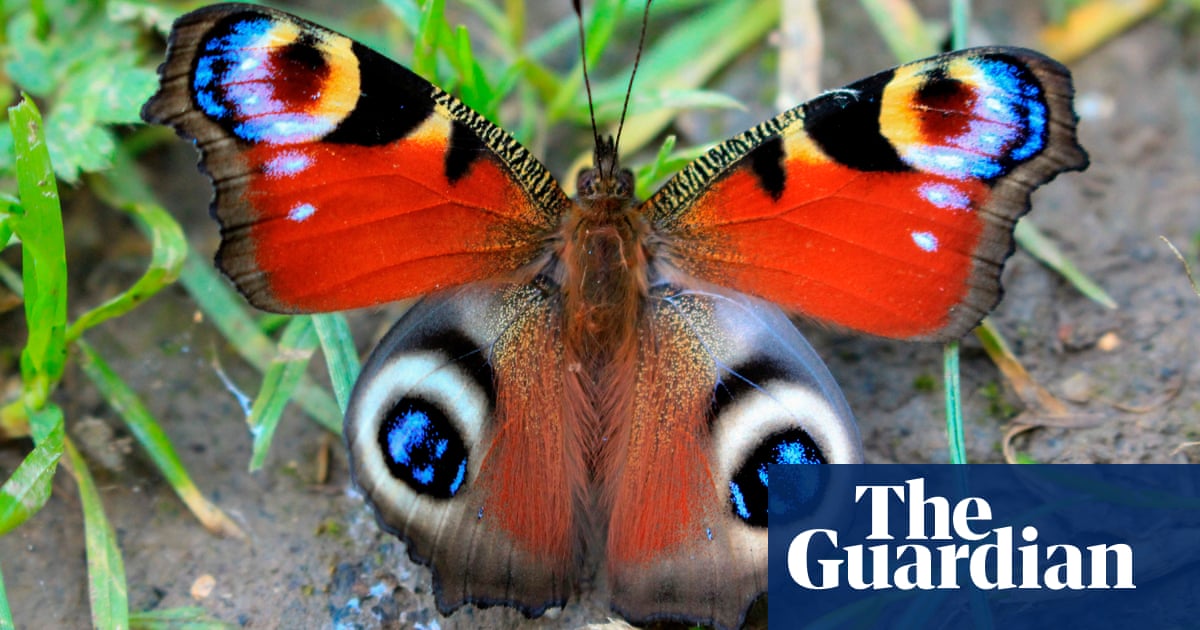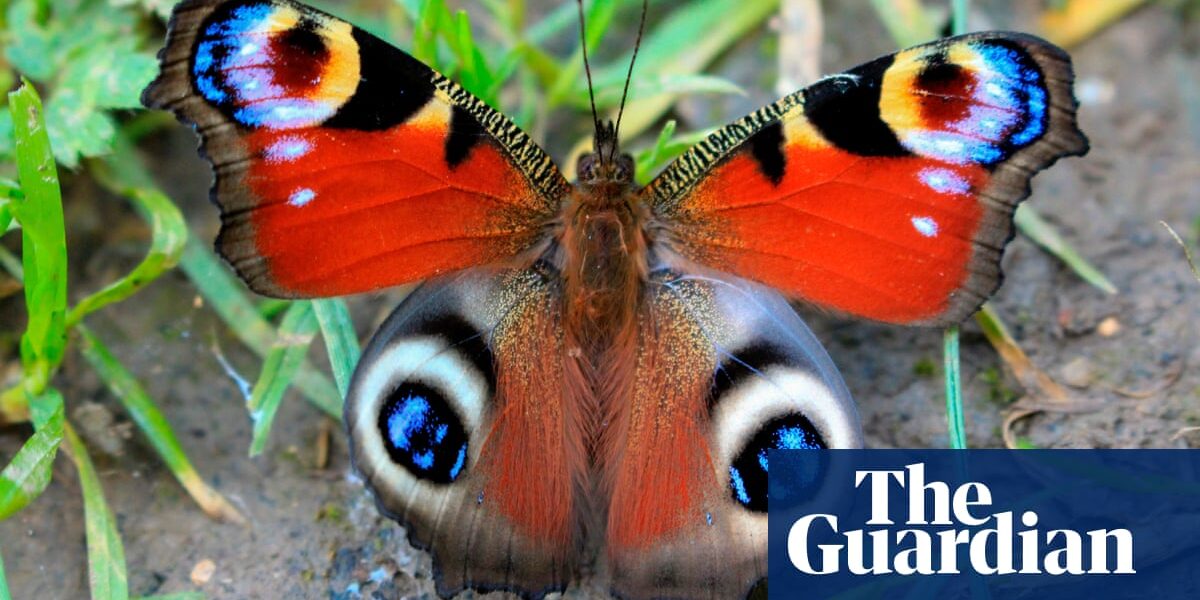A recent study has uncovered that the genetic makeup of butterflies has remained largely unchanged for the past 250 million years.

A recent study published in the journal Nature Ecology & Evolution reveals that the genetic makeup of butterflies and moths has remained relatively constant for over 250 million years, despite their vast number of different species.
As the world experiences fast-paced environmental shifts in the 21st century, scientists suggest that studying Lepidoptera, the group of winged insects including butterflies and moths, can provide insight into their ability to withstand significant changes on our planet.
Scientists at the Wellcome Sanger Institute and the University of Edinburgh examined over 200 complete sets of genetic information from butterflies and moths in order to gain insight into their evolution. By tracing the genetic makeup all the way back to the earliest butterflies, they were able to identify 32 original chromosomes that make up the foundation for most lepidopterans.
Mark Blaxter, an expert in the Tree of Life program at the Wellcome Sanger Institute, explained that DNA serves as a connection among all living beings. By examining the DNA sequences of butterflies, the team was able to trace their evolutionary past back to their shared ancestor, which is the ultimate origin of all butterflies. Interestingly, the findings revealed that butterflies have remained relatively unchanged throughout their history.
He stated, “There is a noticeable difference between the number of butterfly species, which is 16 times greater than mammals, yet they possess a significantly more resilient genetic makeup. It’s truly astounding!”
Lepidoptera is among the most diverse animal groups known to science, making up approximately 10% of living organisms on Earth. Most moths and butterflies species today have 31 chromosomes, but a rare subset of species that includes the chalkhill blue butterfly, common during the British summer, has 90, the scientists found – breaking the species groups’ genetic norms.
“The main focus of our research, led by PhD student Charlotte Wright from the Wellcome Sanger Institute, is to gain a deeper understanding of the evolution of biodiversity on a larger scale. Our goal is to identify the key genetic characteristics that contribute to the success of moths and butterflies, which make up 10% of all known species. We hope to uncover what sets this group apart from less successful species and sheds light on their remarkable prevalence.”
The scientists stated that their discoveries could aid in preserving the species during the current decline of global biodiversity, known as the sixth mass extinction. A significant decrease in insect populations, including vital pollinators, is concerning. A study conducted by Butterfly Conservation in 2023 revealed that butterfly species have disappeared from nearly half of their previous habitats in the UK since 1976.
The team of researchers stated that lepidopterans are effective indicators of the health of an ecosystem. They also mentioned that gaining a better understanding of the biology of butterflies and moths will aid in future studies on adapting for the conservation of biodiversity.
In 2010, the human genome was published but it was fragmented and required stitching. However, there were still missing pieces in the genetic code. Blaxter stated that it was like a puzzle with missing pieces. On the other hand, the butterfly genomes have all the necessary pieces, making it the first time a complete genome has been obtained for most species studied.
Find more age of extinction coverage here, and follow biodiversity reporters Phoebe Weston and Patrick Greenfield on X for all the latest news and features
Source: theguardian.com


